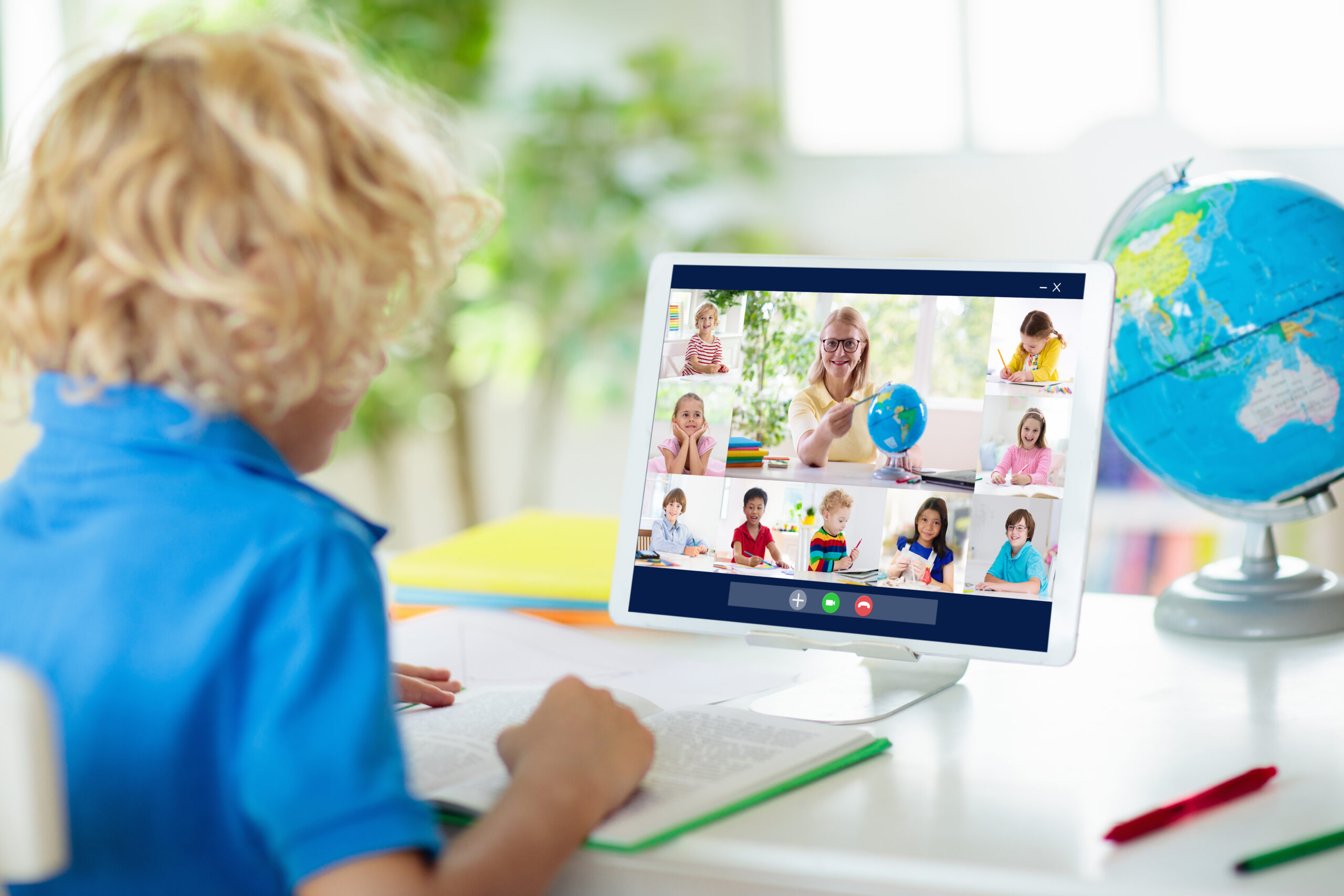By Trevor Shaw, Director of Technology, Dwight-Englewood School ((NJ), and President, Genesis Learning
The physical classroom doesn’t directly translate into the online world. Schools must address the physical and emotional needs of students and must completely rethink the delivery of instruction in order for learning to continue.
I hope that when you read this, we are on the downward slide of this pandemic and planning for a return to our campuses in the fall. As I write this in late April, however, the end still seems far off. While many of our leaders talk about testing and tracing, there doesn’t seem to be a clear path back to the classroom in our near future, and our teachers continue to work in environments that look nothing like their physical classrooms.
If there is a bright spot to any of this, it has to be the incredible talent, skill, and resiliency demonstrated by independent schools across the country as we pivoted to online learning in a matter of days. It was daunting but also a little exciting to be a part of the “all hands on deck” moments at my school where we all worked through long meetings and late night phone calls to make…

